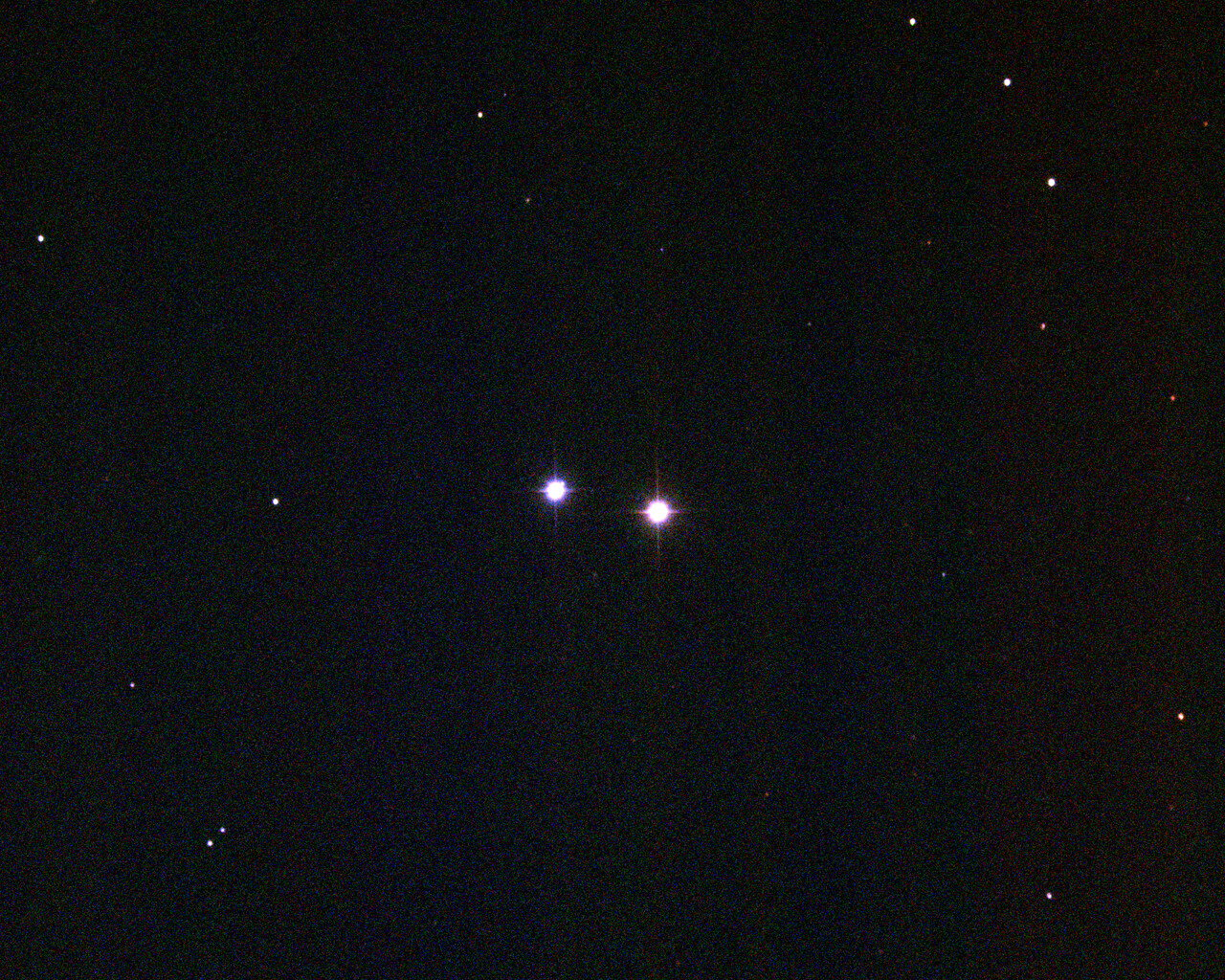Ursa Major
Origin
Ursa Major is a large, bright constellation in the northern sky. The Big Dipper is a recognizable asterism contained in Ursa Major. Ursa Major is the “Great Bear” and one of the original 48 constellations listed by Ptolemy in the second century CE. Ursa Major is the “Great Bear” and one of the traditional Greek constellations described in Ptolemy of Alexandria’s 2nd century compilation of 48 constellations. The Big Dipper is called the Northern Dipper in ancient China and the Wagon in ancient Mesopotamia. The much larger image of the bear was imagined by the Greeks as the constellation was used to point wanderers to the “land of the bears” in the far north (from Greece/ Turkey).
Bright Stars
- Alpha Ursae Majoris, known by the Arabic name Dubhe (the Bear), is, at magnitude 1.79, the second-brightest star in Ursa Major.
- Beta Ursae Majoris, called Merak (the Loins of the Bear), is a magnitude-2.37 star.
- Gamma Ursae Majoris, known as Phecda (the Thigh), is a magnitude-2.44 star.
- Delta Ursae Majoris, or Megrez, meaning the Root of the Tail, referring to its location as the intersection of the body and tail of the bear (or the ladle and handle of the dipper).
- Epsilon Ursae Majoris, known as Alioth, is the brightest star in Ursa Major and the 33rd-brightest in the sky, with a magnitude of 1.76.
- Eta Ursae Majoris, known as Alkaid (the End of the Tail) is a magnitude-1.85 star.
- Mizar is a 2nd-magnitude star in the handle of the Big Dipper with a naked eye companion called Alcor. Mizar itself is also a double star that can be split with small telescopes making it a popular target for amateur astronomers.


 Photo of the constellation Ursa Major produced by NOIRLab in collaboration with Eckhard Slawik, a German astrophotographer.
The annotations are from a standardized set of 88 western IAU constellations and stick figures from Sky & Telescope. Please find here a non-annotated version of the image.
Photo of the constellation Ursa Major produced by NOIRLab in collaboration with Eckhard Slawik, a German astrophotographer.
The annotations are from a standardized set of 88 western IAU constellations and stick figures from Sky & Telescope. Please find here a non-annotated version of the image.
Credit: E. Slawik/NOIRLab/NSF/AURA/M. Zamani
Notable Objects
The constellation Ursa Major includes the following notable objects:
- Messier 108 is a 10th-magnitude barred spiral galaxy about 28 million light-years away from Earth. Messier 109 is a barred spiral galaxy about 62 million light-years away shining at magnitude 9.8. Messier 97 is a magnitude-9.9 planetary nebula commonly known as the Owl Nebula for its distinctive appearance.
- Messier 81 and Messier 82 are a spiral and a starburst galaxy located about 11 million light-years from Earth. They can be seen in the same field of view in many amateur telescopes.
- Messier 101 is a face-on spiral galaxy shining at magnitude 7.9. Messier 101 is commonly known as the Pinwheel Galaxy.


















































